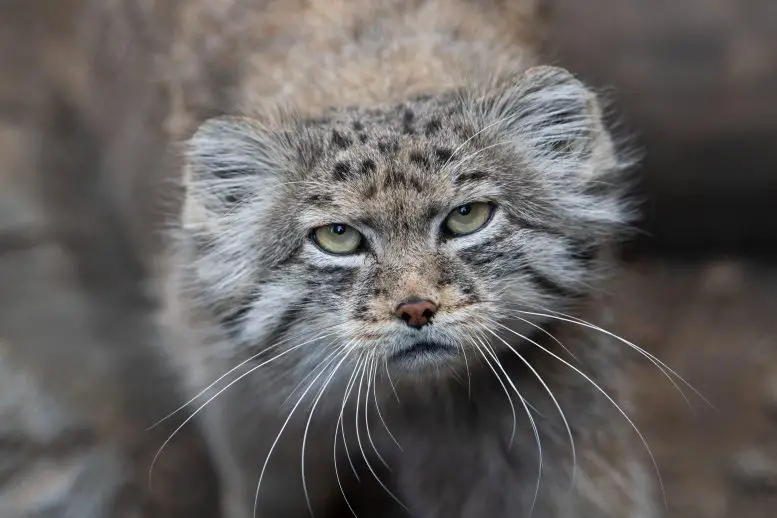Cats have a reputation for being aloof (and unfussy), but if you and your feline friend don’t get along, maybe you don’t speak their language. Never fear – 2020 research has shown that it’s not that hard. You need to smile at them more. Not by showing her teeth in a human way, but by squinting her eyes and blinking slowly, like a cat.
Scientists who observe the interaction between a cat and a human have confirmed that this phrase makes both familiar and unfamiliar cats approach humans and become more understanding.
“As someone who studies animal behavior and owns cats, I am thrilled to be able to show that cats and humans can communicate in this way,” psychologist Karen McComb from the University of Sussex said in a statement in 2020.
“This is something many cat owners already suspect, so finding evidence of this is very exciting.”
If you’ve spent time with cats, you’ve probably seen their “partially closed eyes” facial expression accompanied by slow blinking. This is similar to the narrowing of human eyes when smiling and usually occurs when the cat is relaxed and content. The expression is interpreted as a kind of cat smile.
Anecdotal evidence from cat owners suggests that by copying this phrase, people can convey to cats that we are friendly and open to interaction. So a team of psychologists designed two experiments to determine whether cats behave differently towards people who blink slowly.
In the first experiment, owners blinked slowly at 21 cats from 14 different homes. Once the cat was comfortable in one area of the house, the owners were instructed to sit approximately 1 meter away and blink slowly when the cat looked at them. The cameras recorded the owner’s and cat’s faces, and the results were compared to how cats blink without human intervention. The results showed that cats were more likely to blink slowly at humans after humans blinked slowly at them, compared to when there was no interaction.
The second experiment included 24 cats from eight different homes. This time, it was not the owners who blinked, but the researchers who had never come into contact with the cat before. As a control, when people looked at cats without blinking, the cats’ reactions to not blinking were recorded.
The researchers performed the same slow blinking process as in the first experiment and added an outstretched hand to the cat. And they found that the cats not only blinked more often in response, but also moved closer to the human’s hand more often after the human blinked.
“This is the first study to experimentally investigate the role of slow eyeblinking in cat-human communication,” McComb said.
“And this is something you can try at home with your own cat or with cats you encounter outdoors. This is a great way to strengthen your bond with cats. Try squinting your eyes while looking at them as if you were smiling comfortably. , and then close your eyes for a few seconds, you’ll see them react the same way, and you can start something like a conversation.”
Dogs may be much more enthusiastic than cats, but this news is no surprise to cat lovers. Recent studies have shown that our feline friends are much more compatible with their human neighbors than previously thought, and that it is unfair to compare them to dogs.
Cats, for example, respond well to people who are open to them; Therefore, if you find cats shy, this may be a problem with you, not the cat. Similarly, cats mimic the personality traits of the humans they live with; This may be why cats act out when their humans are upset. They can also recognize their own name (although they often ignore it). And their connections with people are surprisingly deep.
It’s hard to understand why cats are so slow to blink at humans. This was interpreted as a means of signaling benign intent, as cats were thought to perceive a sustained gaze as a threat. However, it is also possible that cats developed this expression because humans responded positively to it. This is often impossible to tell in domesticated animals.
Either way, it seems to help with adaptation. And that’s good to know. Learning to improve your relationship with these mysterious animals can be a way to improve their emotional health, too; not only at home, but also in a variety of potentially stressful situations.
“Understanding the positive ways cats and humans interact could improve society’s understanding of cats, improve their well-being and tell us more about the social-cognitive abilities of this understudied species,” said psychologist Tasmin Humphrey from the University of Sussex. “Our findings could potentially be used to assess the welfare of cats in a variety of settings, including veterinary practices and shelters.”
You’ll try it right away, right? The study was published on: Scientific Reports.
Source: Port Altele
